California Beginnings and a Childhood in the Shadow of Hollywood
Some stars are manufactured; others are born with a light that simply can’t be dimmed. Alexandra Hay, with her radiant blonde hair and piercing blue eyes, belonged firmly to the second group. She came into the world on July 24, 1947, in Los Angeles—a city where movie dreams and harsh realities collide on every corner. Growing up amid the palm trees and neon of post-war California, she seemed destined to cross paths with the industry that defined her hometown.
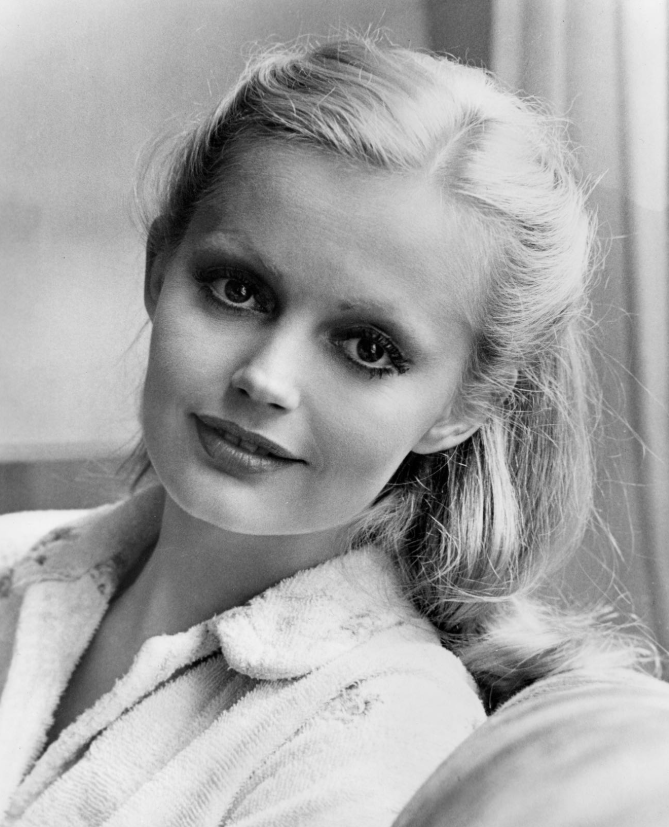
From an early age she stood out, not just because of her natural beauty but because of the quiet confidence she carried. While other children chased playground games, Alexandra was already turning heads as a young model. Her grace before the camera hinted at a future beyond the confines of any ordinary life. Yet her childhood wasn’t without challenges. The early loss of her mother left a gap that could have led to retreat; instead, it gave her a fierce independence. By her teenage years she was already making her own decisions, carving a path that would soon take her far beyond the suburbs of Los Angeles.
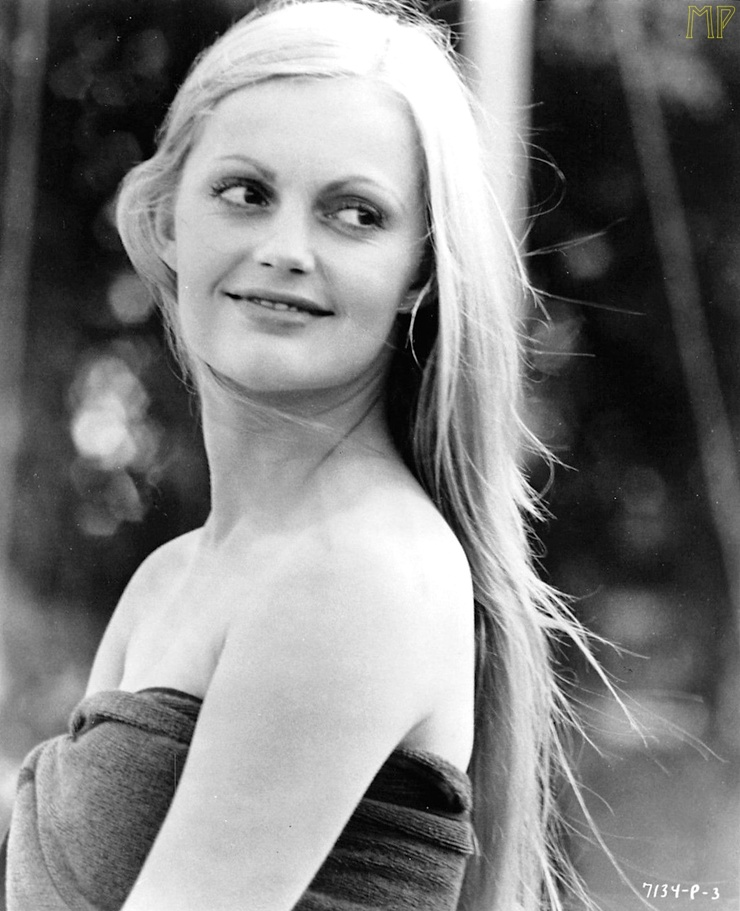
A Teen Model Turned Rising Starlet
By her mid-teens, Alexandra’s striking look caught the attention of photographers and advertisers. She worked as a child and teen model before most of her peers had even decided what they wanted to be. The transition from still photography to moving pictures came naturally. In the mid-1960s Columbia Pictures invited her into its New Talent Program, a coveted training ground for the next generation of screen personalities.
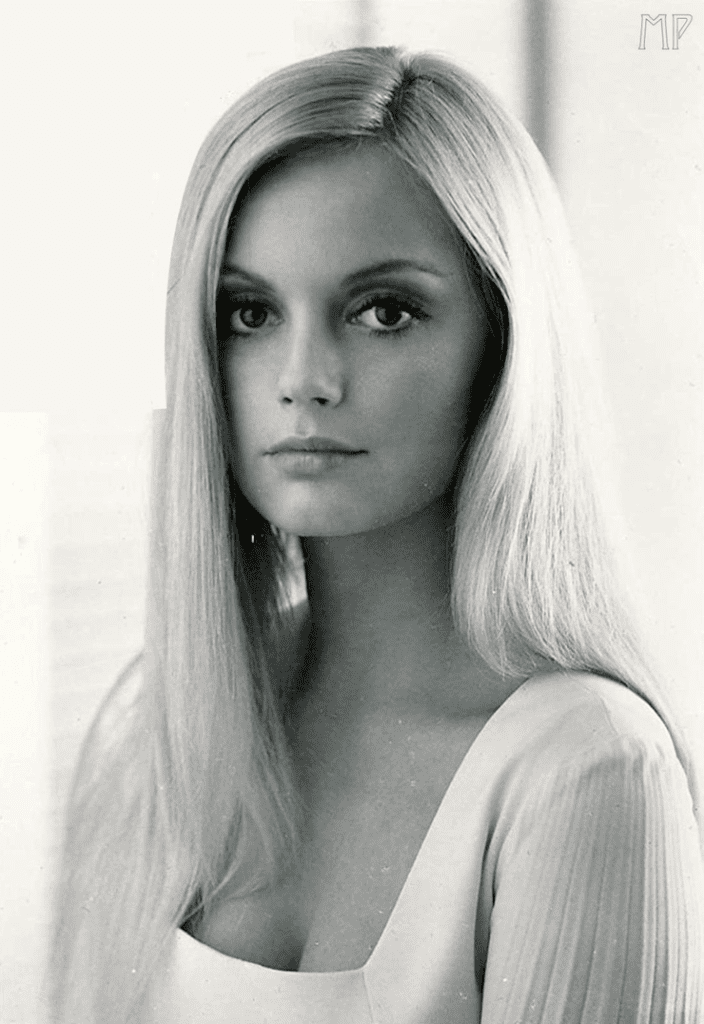
Her first screen appearance came in 1967 on the hit television series The Monkees, where her fresh charm and subtle comedic timing made her stand out even in a single episode. For Hollywood producers hungry for a new kind of leading lady—someone with both girl-next-door appeal and a hint of rebellious energy—Alexandra Hay felt like a breath of California air.
Video : Alexandra Hay in “The Monkees” episode, “Monkee Mother” (1967)
Breaking into Film During a Decade of Change
Hollywood in the late 1960s was a place in transition, ready to embrace stories that questioned old traditions and celebrated a freer spirit. Alexandra’s early roles captured this shift. In 1967 she appeared in Stanley Kramer’s groundbreaking drama Guess Who’s Coming to Dinner, a film that challenged audiences with its frank look at interracial relationships. Her part as a spirited waitress was brief but memorable, a flash of energy in a movie that defined a cultural turning point.
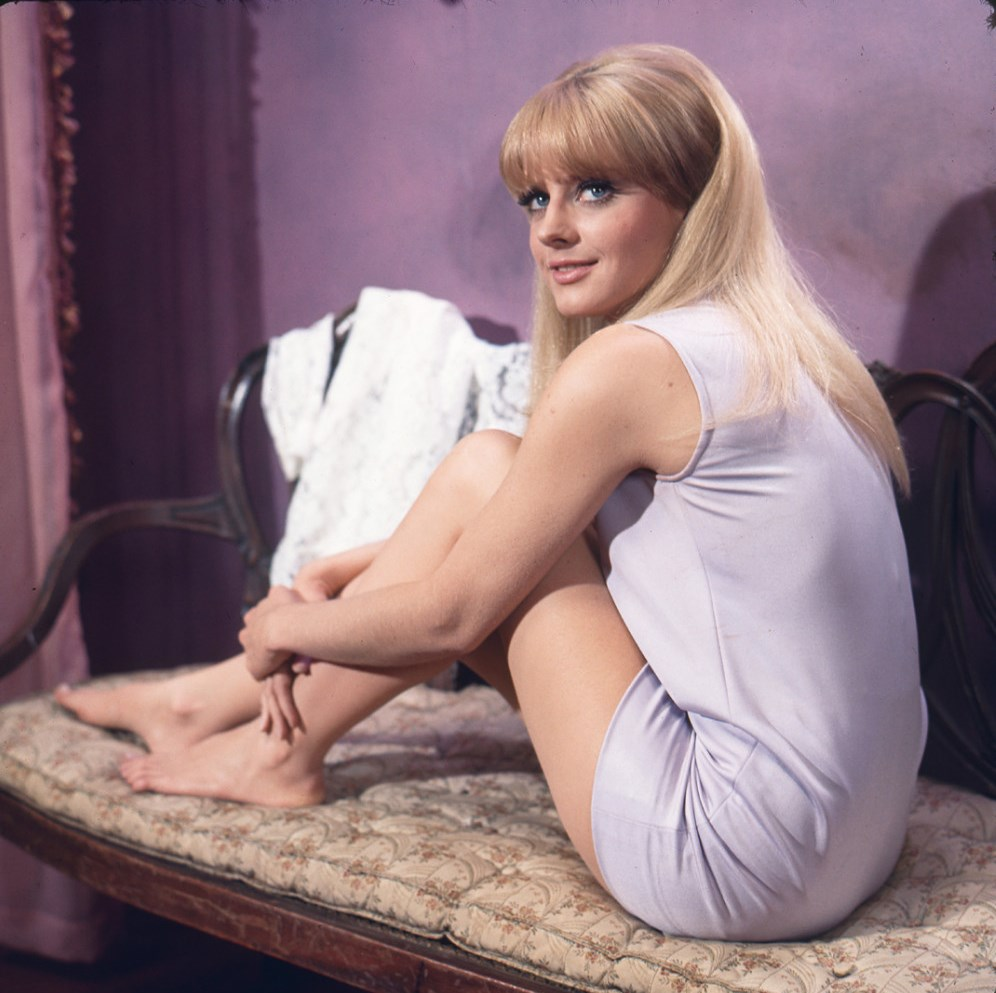
That same year she brought sparkle and wit to The Ambushers, a Dean Martin spy comedy that reveled in the era’s love of playful espionage. These early appearances were more than résumé builders; they showed that Alexandra could slip easily between lighthearted fun and more serious storytelling.
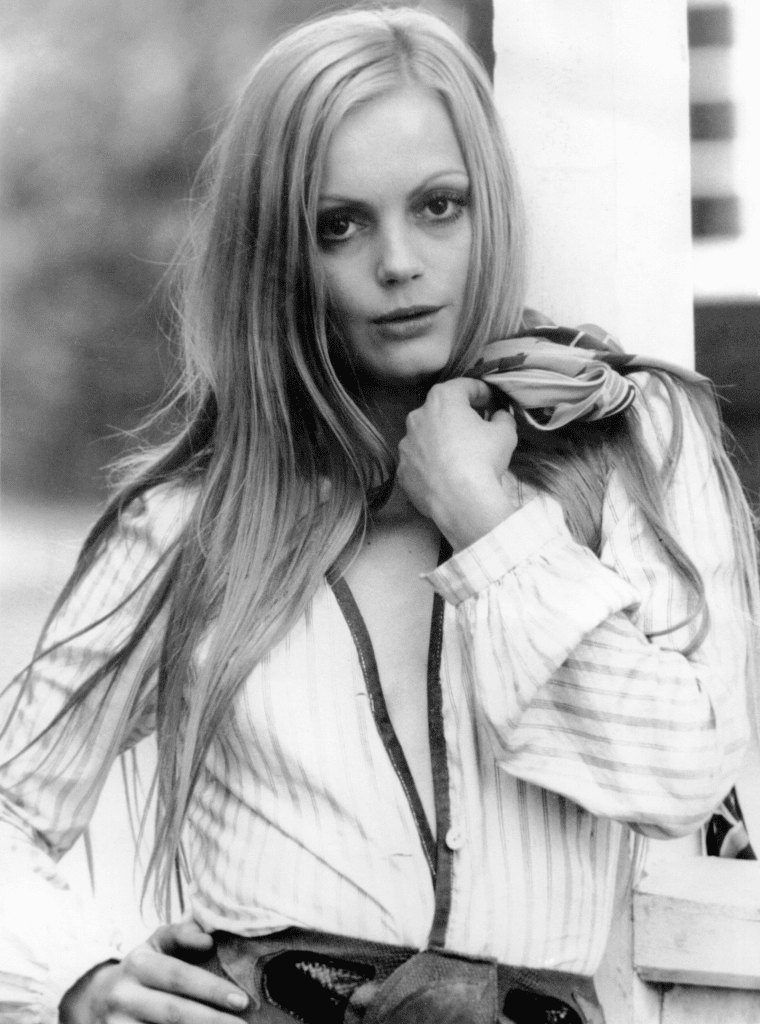
A Defining Moment with Skidoo and the 1960s Psychedelic Wave
In 1968 Alexandra joined the cast of Otto Preminger’s wildly unconventional film Skidoo. Surrounded by legends such as Jackie Gleason and Groucho Marx, she played a switchboard operator caught in a swirl of mobsters and counterculture chaos. The film itself became a cult curiosity—part satire, part psychedelic experiment—and Alexandra’s performance gave it a fresh spark.
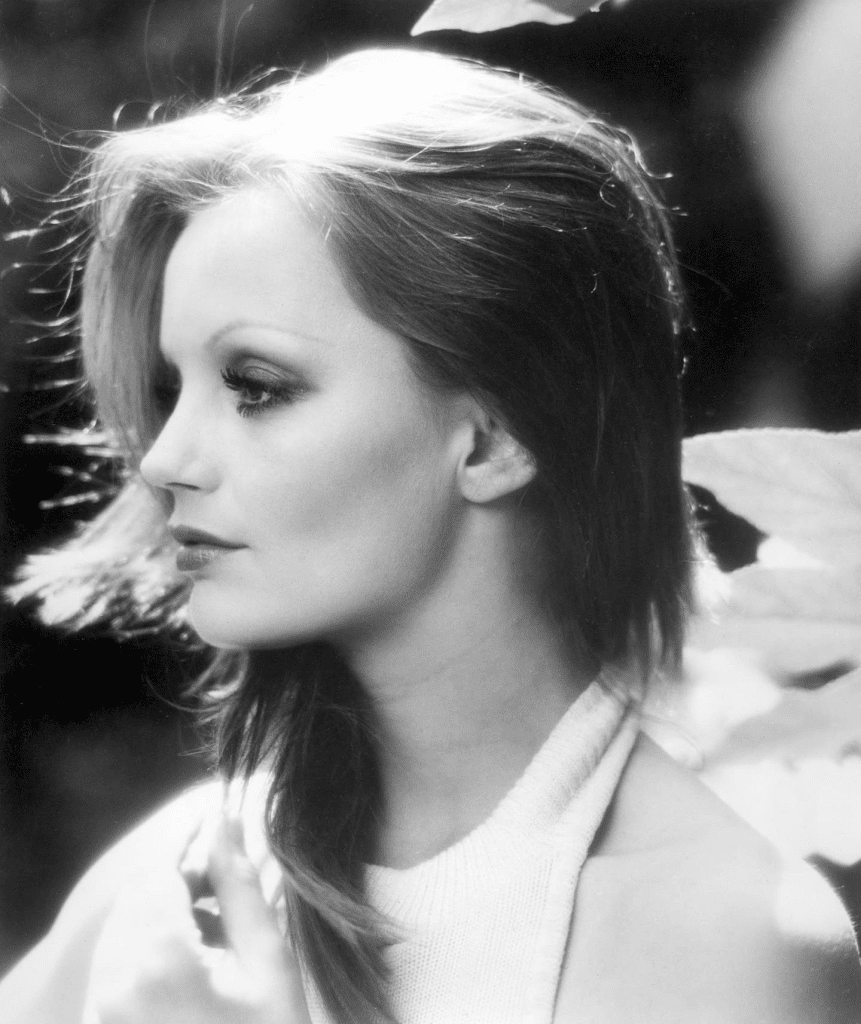
She followed it with a role in How Sweet It Is! alongside James Garner and Debbie Reynolds, where she captured the carefree wanderlust of a generation eager to escape the old rules. These projects didn’t just showcase her acting; they aligned her with the bold, boundary-pushing energy of the decade itself.
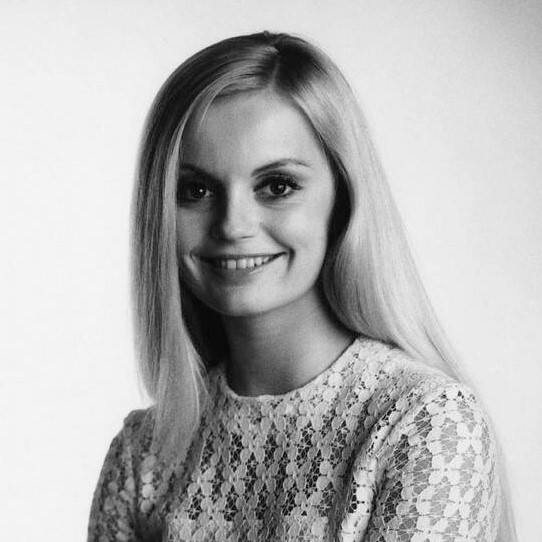
The Dreamy Allure of Model Shop
For many film lovers, Alexandra Hay’s signature performance came in Jacques Demy’s 1969 classic Model Shop. The film is a gentle, melancholy portrait of Los Angeles, and Alexandra’s portrayal of the mysterious model Lola became its beating heart. With sun-bleached hair and eyes that seemed to hold a lifetime of secrets, she embodied the restless search for connection that defined so many young people at the end of the decade. Critics praised her subtlety and emotional depth, and even today the film is celebrated as a quiet masterpiece of 1960s cinema.
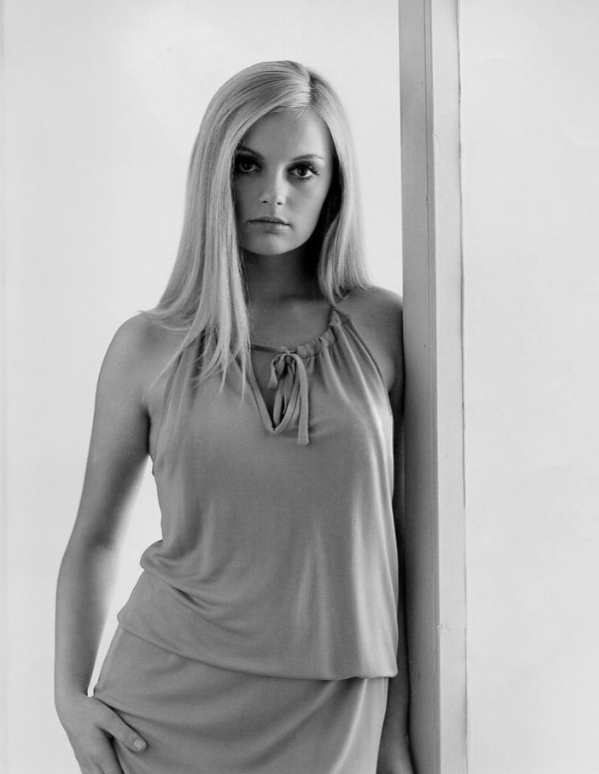
Television Guest Roles and Stage Provocations
Alexandra was never content to stay in one lane. Television audiences saw her versatility in appearances on popular shows including Mission: Impossible, Love, American Style, Kojak, and The Streets of San Francisco. Whether playing a witty romantic lead or a sharp-witted conspirator, she moved effortlessly between genres and formats.
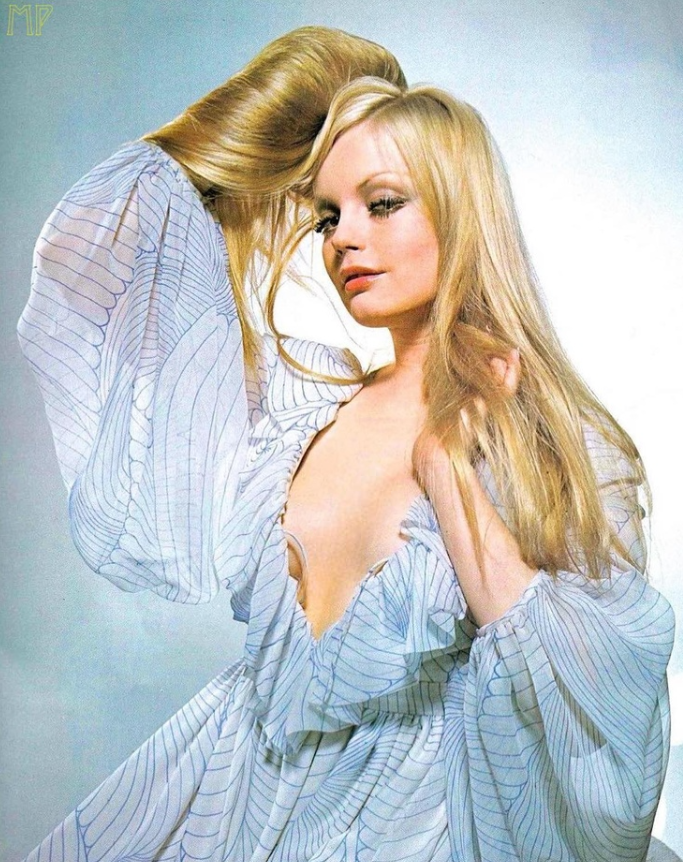
Her artistic courage shone even brighter on stage. In 1970 she took part in the daring off-Broadway play The White Whore and the Bit Player opposite Dustin Hoffman. The production’s raw and provocative exploration of fame and sexuality stirred controversy and even led to police raids for “lewd conduct.” Alexandra embraced the challenge, proving she was more than a screen beauty—she was a performer unafraid to take creative risks when the art demanded it.
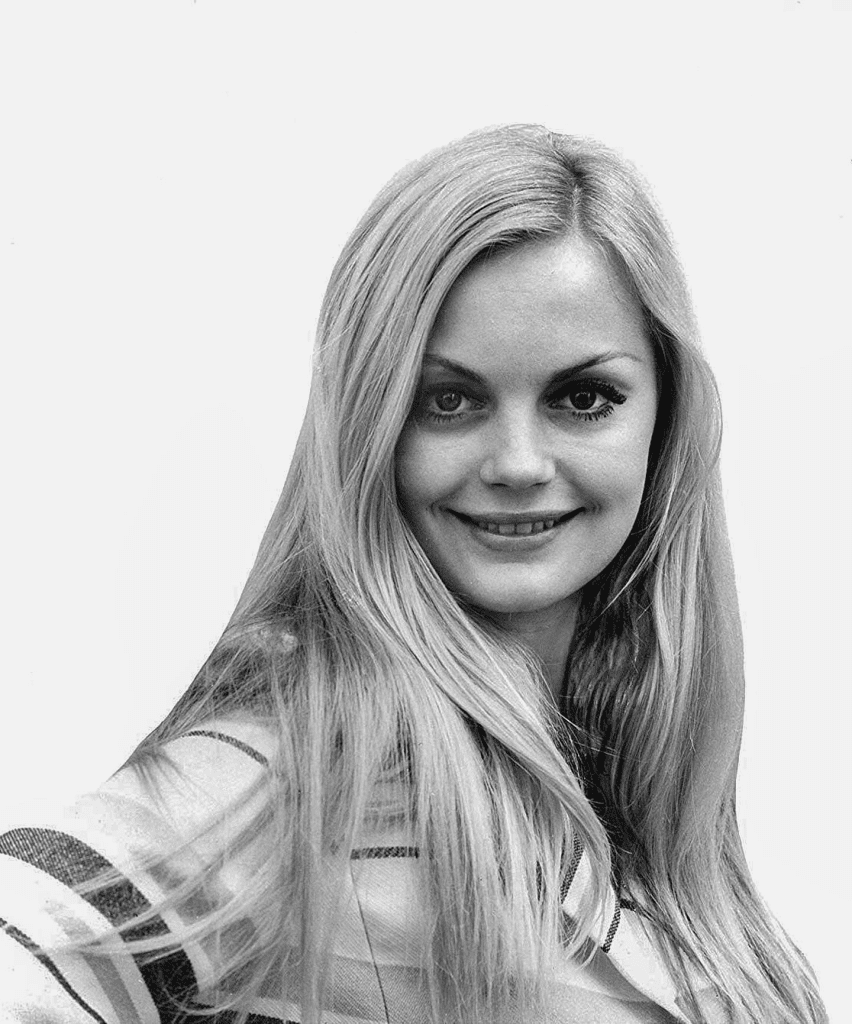
Navigating Hollywood’s Shifting Landscape
The early 1970s brought both opportunities and challenges. Alexandra continued to work steadily, appearing in films such as The Love Machine (1971) and the television thriller The Screaming Woman (1972). Yet as Hollywood tastes changed and the 1960s counterculture faded, roles that matched her unique blend of sensuality and intelligence became harder to find.
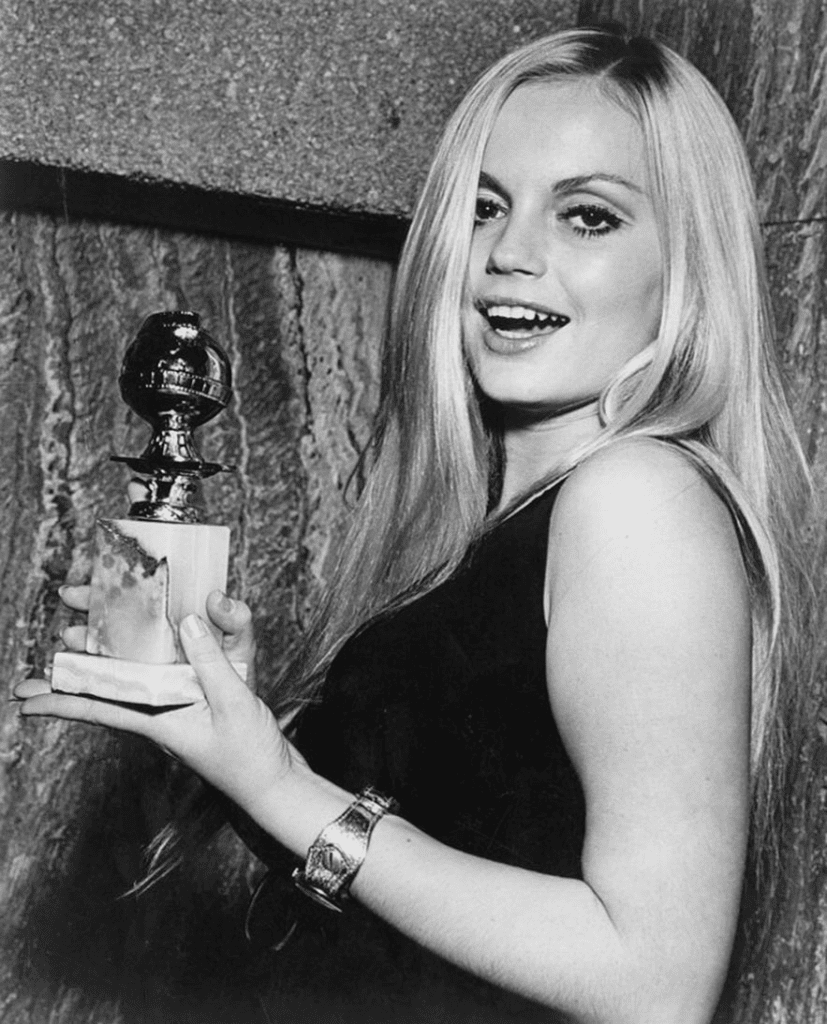
Rather than chase fame at any cost, she maintained her independence and chose projects that interested her. Those who worked with her remember her as warm, witty, and grounded—a woman who carried her success lightly and refused to let Hollywood define her.
Video : Alexandra Hay in “The Ambushers” (1967)
A Life Cut Short but a Legacy That Lingers
Tragically, Alexandra Hay’s life ended far too soon. She passed away on October 11, 1993, at just forty-six, the result of arteriosclerotic heart disease. Her ashes were scattered in Marina del Rey, near the ocean she loved. Though her career spanned barely more than a decade, her influence on 1960s Hollywood remains unmistakable.
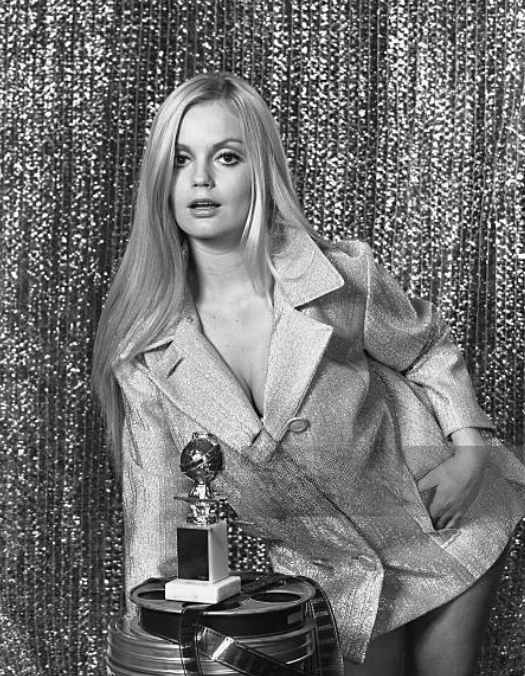
Her combination of natural beauty, quiet strength, and fearless creativity captured the spirit of a generation determined to live and love freely. She was celebrated in her time as a symbol of youthful desire and independence, yet she always offered more than the label of “sex symbol.” She was an actress with a genuine talent for bringing humanity to every role, and a woman who embodied the bold, free-spirited energy of her era.
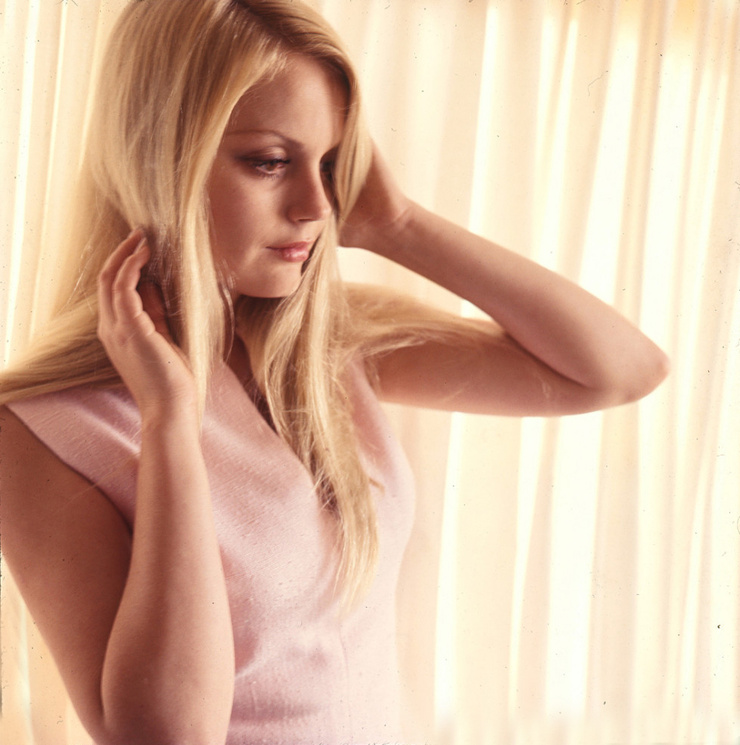
Why Alexandra Hay Still Matters
More than thirty years after her passing, Alexandra’s work continues to resonate. Film historians revisit Model Shop and her other projects not just for nostalgia but for the timeless quality of her performances. Fashion stylists still look to her magazine shoots for inspiration—a mix of California sunshine and 1960s daring that remains fresh even today.
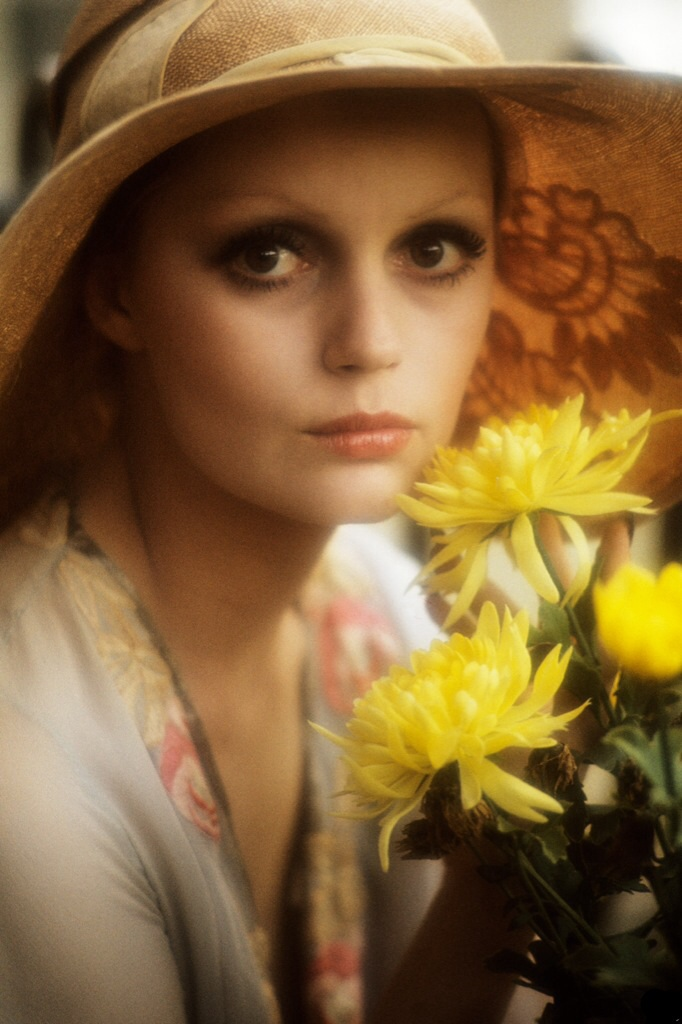
Her story reminds us that true influence isn’t measured only by awards or decades of fame. Sometimes it’s the brief, brilliant careers that leave the deepest mark. Alexandra Hay proved that beauty and rebellion can coexist with grace, and that a performer can capture the essence of an era simply by being unapologetically herself.
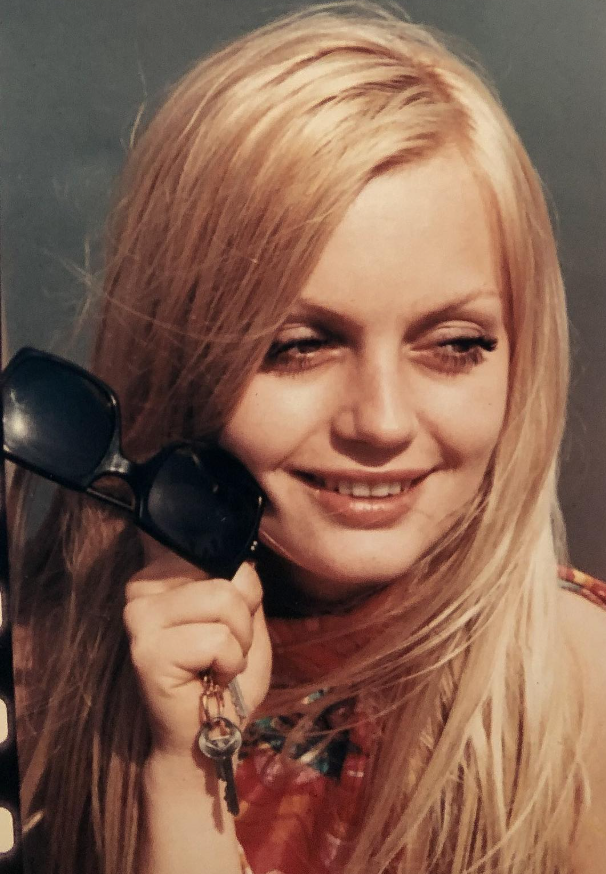
Conclusion: A Star Who Burned Bright and Left a Lasting Glow
Alexandra Hay’s life and career read like a love letter to the spirit of the 1960s—bold, adventurous, and unafraid to challenge the rules. From her early modeling days in Los Angeles to her defining film roles and daring stage performances, she showed that true artistry is as much about courage as it is about talent. Though her time was brief, her influence endures, reminding us that some lights, no matter how quickly they fade, continue to illuminate the path for generations to come.